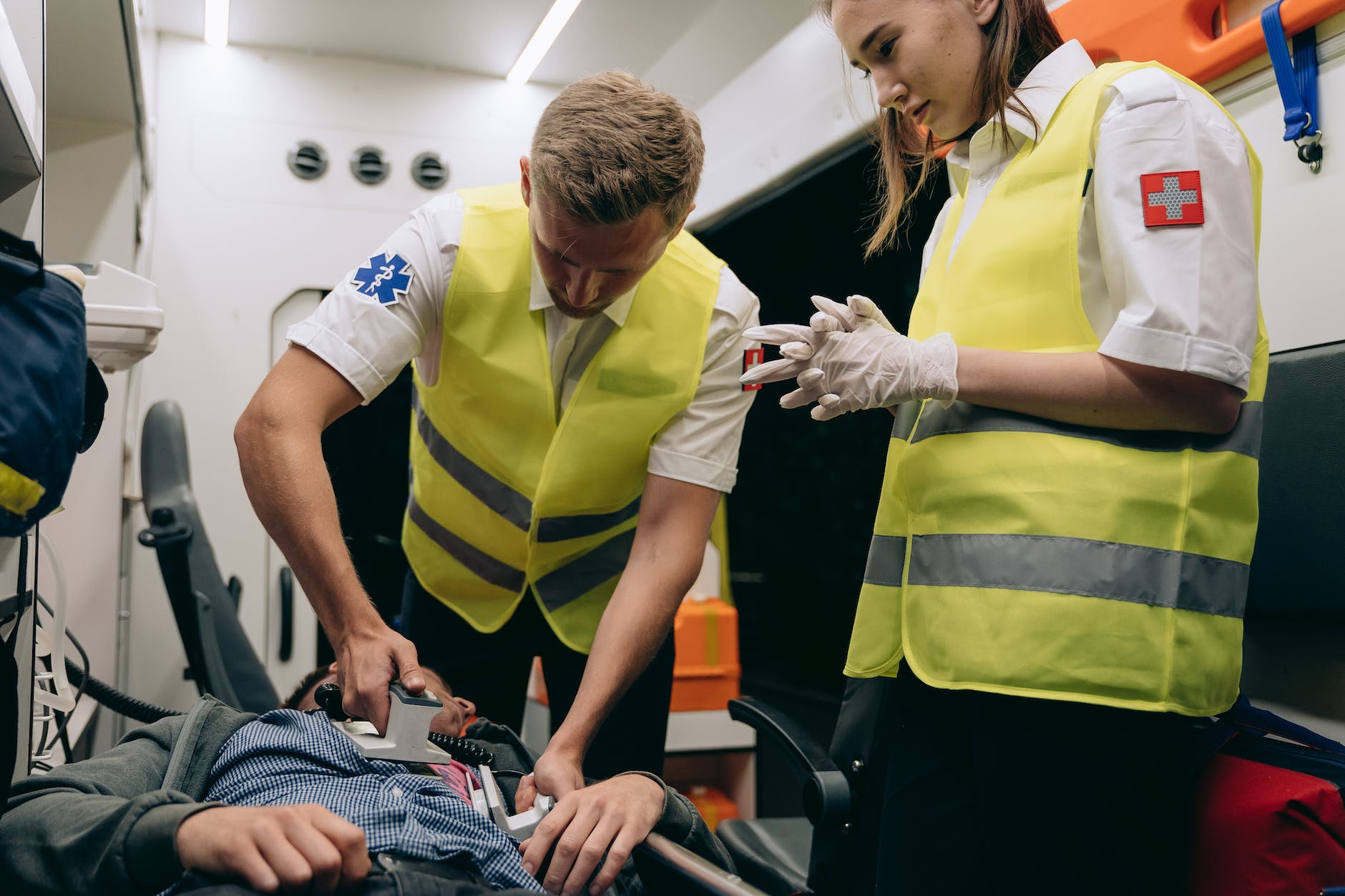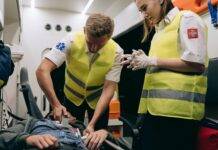
AED Training: Empowering Communities to Save Lives
Introduction
AED Training : In a world where medical emergencies can strike at any moment, being equipped with the knowledge and skills to respond effectively can make all the difference. Automated External Defibrillators (AEDs) have emerged as critical tools in saving lives during cardiac emergencies. AED training has become an essential aspect of community preparedness, empowering individuals to take immediate action when someone’s heart suddenly stops beating. This article delves into the importance of AED training, its benefits, and how it contributes to creating a safer environment for everyone.
The Basics of AED Training
Understanding AEDs and Their Functionality
An AED is a portable device that delivers an electric shock to the heart in an attempt to restore its normal rhythm during a sudden cardiac arrest. These devices are designed to be user-friendly, equipped with clear instructions and voice prompts, making them accessible to both trained medical personnel and ordinary individuals.
Who Should Receive AED Training?
AED training is not limited to healthcare professionals. In fact, it is highly recommended for a diverse range of individuals, including teachers, parents, office employees, and even teenagers. The more people who are trained, the greater the chances of immediate response during a cardiac emergency.
The Importance of AED Training
Rapid Response Can Save Lives
When someone experiences a cardiac arrest, every second counts. AED training teaches individuals how to recognize the signs of cardiac arrest and respond promptly. By administering a shock within minutes, the chances of survival increase significantly.
Creating Heart-Safe Environments
Communities that prioritize AED training create heart-safe environments where people feel secure knowing that help is readily available. This training fosters a sense of responsibility and unity among community members, all working together to ensure each other’s safety.
Confidence to Act
Cardiac emergencies can be daunting, but AED training instills confidence in individuals to take action without hesitation. Knowing how to operate an AED and perform CPR empowers people to be proactive instead of feeling helpless in emergency situations.
The AED Training Process
Learning to Recognize Cardiac Arrest
AED training begins with understanding the signs of cardiac arrest, such as sudden loss of consciousness, absence of breathing, and no pulse. Participants are taught how to assess the situation quickly and determine whether an AED should be used.
Hands-On Training with AED Devices
Participants engage in hands-on practice using AED devices, familiarizing themselves with electrode pad placement and following the device’s audio instructions. Practical training enhances the ability to respond calmly and effectively in high-stress situations.
Combining AED Usage with CPR
AED training often includes CPR instruction, as the two techniques complement each other. Participants learn how to perform high-quality chest compressions and rescue breaths, alongside AED usage, to maximize the chances of successful resuscitation.
Benefits of AED Training
Increased Survival Rates
Studies have shown that early defibrillation through AEDs can significantly increase survival rates for cardiac arrest victims. AED-trained individuals play a vital role in bridging the gap between an emergency and professional medical help.
Enhanced Workplace Safety
Workplaces that offer AED training prioritize the well-being of their employees. In case of a cardiac event, colleagues can provide immediate assistance, potentially saving a coworker’s life.
Community Resilience
A community with a high number of AED-trained individuals becomes more resilient in the face of emergencies. Whether it’s at a local park, school, or shopping center, there’s a higher likelihood of a life being saved.
Conclusion
AED training is more than just learning how to use a device; it’s about fostering a culture of preparedness and compassion within communities. The ability to respond swiftly and confidently during cardiac emergencies can make the difference between life and death. By investing in AED training, individuals contribute to a safer and more compassionate world.
Anaphylaxis Management: First Aid
Cardiopulmonary Resuscitation (CPR): A Lifesaving Technique
Emergency Medical Kit: First Aid
FAQs About AED Training
- Is AED training only for medical professionals? AED training is for everyone. From teachers to office workers, anyone can benefit from learning how to use an AED.
- Do AEDs require maintenance? Yes, AEDs should be regularly inspected and maintained to ensure they function properly when needed.
- Can I accidentally hurt someone while using an AED? AEDs are designed to analyze the heart’s rhythm and deliver a shock only when necessary, minimizing the risk of harming someone.
- Is AED training a one-time course? AED training is often a one-time course, but it’s recommended to refresh your skills periodically.
- Where can I find AED training near me? You can find AED training courses through local hospitals, community centers, and organizations dedicated to CPR and first aid training.

























I want a Nebosh course